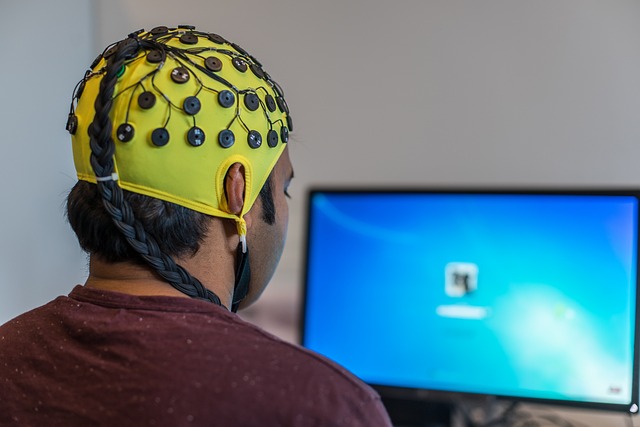Security Spotlight: Putting the Person in the Center of Cybersecurity
In today’s fast-evolving digital landscape, cybersecurity is often seen through the lens of technology—firewalls, encryption, and AI-driven threat detection. While these tools are undeniably vital, there is a growing realization that the true linchpin of effective cybersecurity is not the hardware or software, but the person in the center. After all, who interacts with these systems daily? Who can establish, follow, or unknowingly bypass security protocols? It’s the people.
When we talk about the person in the center approach, we mean placing human behavior, awareness, and empowerment at the heart of cybersecurity strategies. The idea is simple yet powerful: technology is only as strong as the users behind it. This philosophy urges organizations to shift from a technology-first mindset to a people-first model.
Why does this matter so much? Consider the reality of cyber threats today. Social engineering attacks, phishing scams, and insider threats exploit human error, fatigue, or lack of awareness rather than purely technical vulnerabilities. An employee clicking a malicious link or sharing credentials inadvertently can lead to significant breaches, even in the presence of robust technical defenses.
Empowering the person in the center means investing in continuous education and training. When individuals understand not just the “how” but also the “why” behind cybersecurity policies, they become proactive participants rather than passive enforcers. Cybersecurity becomes a shared responsibility, creating a culture where vigilance and best practices are second nature.
This approach also recognizes that people have different roles and risk exposures within an organization. Tailoring training and security measures to specific job functions ensures that protections are realistic and relevant, not just theoretical. It’s about making cybersecurity accessible and relatable—connecting the dots so every employee sees themselves as an integral part of the defense system.
Moreover, embracing the person in the center enables better incident response. When employees know what signs to look for and how to react quickly, damage from cyber incidents can be minimized. Early detection and reporting become the norm rather than the exception, turning the human element from a vulnerability into a strategic asset.
Ultimately, placing the person at the heart of cybersecurity calls for empathy and understanding. It’s about recognizing human limitations and designing systems that support and protect users, rather than expecting perfection from them. By balancing technology with human insight, organizations can build resilient defenses that adapt and evolve with every new challenge.




